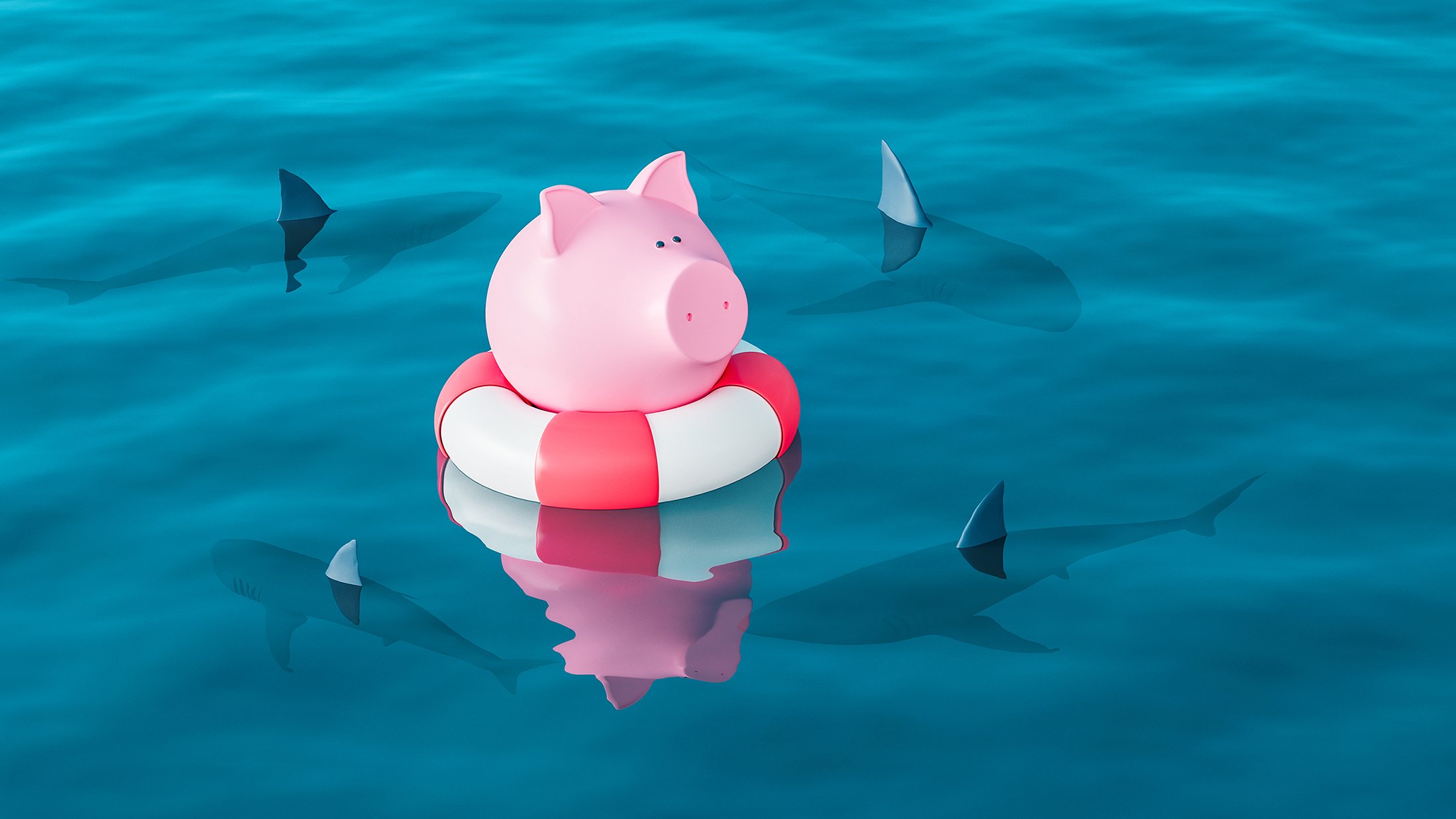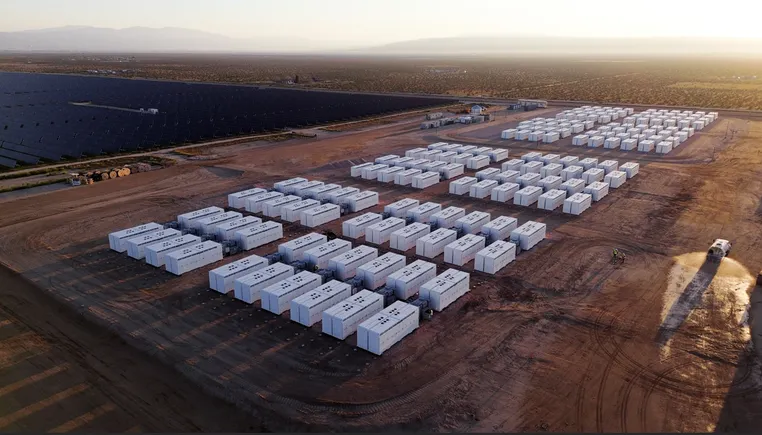US Consumer sentiment rebounds, offering relief to retailers
US consumer sentiment jumped in June by the largest margin since early 2024, signaling a potential rebound in consumer confidence just as the retail sector eyes relief from persistent inflationary pressures and geopolitical trade anxieties. The University of Michigan’s preliminary sentiment index rose to 60.5, an 8.3-point increase over May, outpacing all analyst estimates in Bloomberg’s latest survey. This surge coincides with easing short-term inflation expectations, which dropped to 5.1 percent from 6.6 percent, the sharpest monthly decline in more than two decades. The improvement suggests that shoppers may be regaining their footing after months of economic uncertainty driven by aggressive US tariff policy and rising consumer prices. Sentiment around personal finances saw its strongest uptick in over three years, and forward-looking expectations rose to 58.4, the highest since December. While views on buying conditions and business sentiment remain subdued compared to late 2023 levels, fashion and retail professionals should take note: a stabilising consumer mood may translate into renewed discretionary spending—particularly important as the industry prepares for autumn inventory cycles. With inflation in core categories ticking up just 0.1 percent in May and a US-China tariff truce holding, the macroeconomic backdrop may be shifting toward cautious optimism. Fifth Avenue sign, New York. Credits: Pexels, Valerie de Limoges
US consumer sentiment jumped in June by the largest margin since early 2024, signaling a potential rebound in consumer confidence just as the retail sector eyes relief from persistent inflationary pressures and geopolitical trade anxieties. The University of Michigan’s preliminary sentiment index rose to 60.5, an 8.3-point increase over May, outpacing all analyst estimates in Bloomberg’s latest survey. This surge coincides with easing short-term inflation expectations, which dropped to 5.1 percent from 6.6 percent, the sharpest monthly decline in more than two decades.
The improvement suggests that shoppers may be regaining their footing after months of economic uncertainty driven by aggressive US tariff policy and rising consumer prices. Sentiment around personal finances saw its strongest uptick in over three years, and forward-looking expectations rose to 58.4, the highest since December. While views on buying conditions and business sentiment remain subdued compared to late 2023 levels, fashion and retail professionals should take note: a stabilising consumer mood may translate into renewed discretionary spending—particularly important as the industry prepares for autumn inventory cycles. With inflation in core categories ticking up just 0.1 percent in May and a US-China tariff truce holding, the macroeconomic backdrop may be shifting toward cautious optimism.





















































































![The sights of the Paris Air Show Day 2 [PHOTOS]](https://breakingdefense.com/wp-content/uploads/sites/3/2025/06/IMG_1837-scaled-e1750181568851.jpg?#)













![[Updated] U.S. Air Force Mobilizes F-22s and F-35s as Situation in Middle East Escalates](https://theaviationist.com/wp-content/uploads/2025/06/F-22_F-35_CENTCOM-top.jpg)








































